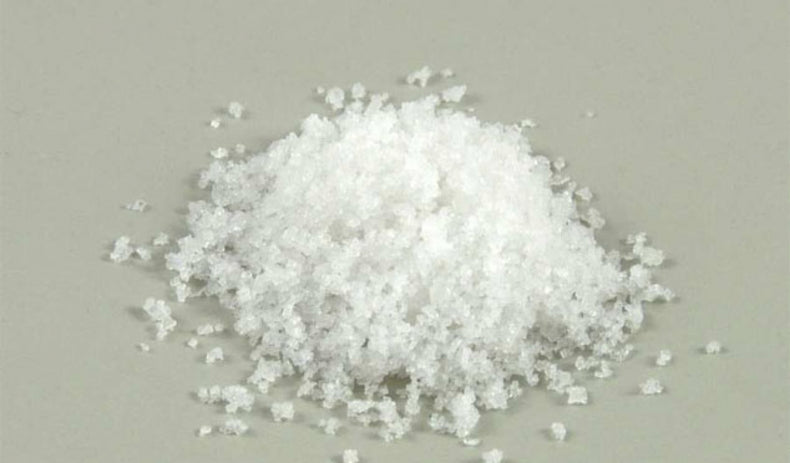The Expert’s Guide to using Fleur De Sel, instead of regular salt

What is so special about fleur de sel?
In recent years, fleur de sel has taken the pâtisserie world by storm. Be it a few grains sprinkled on top of a chocolate, a rich salted caramel sauce or even added to hot chocolate - there seems to be no end of desserts and treats that taste better when their sweetness is balanced against the complex saltiness of fleur de sel.
Is fleur de sel the same as sea salt?
Fleur de sel is hand-harvested from sea water, but unlike regular sea salt it comes from the delicate surface layer of salt marshes. The irregularly-sized crystals are scraped off the surface of the sea brine using a rake called a 'lousse'. They are laced with natural minerals providing full, complex flavours. Fleur de sel is the extra virgin olive oil of the salt world. Cooking with it would be wasteful - it is a luxurious finishing salt.
The salt picker, known as the 'paludier', also picks a less delicately flavoured salt from underneath the top layer, known as 'sel gris' which is more suitable for salt crusts and cooking.
What is fleur de sel used for?
Fleur de sel has a residual moisture content, up to 10%, which means that it melts slower when sprinkled on dishes. Hence fleur de sel is appreciated as much for its complex mineral flavours, as it is for its crunchy texture.
Fleur de sel is the extra virgin olive oil of the salt world. Cooking with it would be wasteful – it is a luxurious finishing salt.
Guérande or Camargue?
Fleur de sel de Guérande is the most celebrated variety of fleur de sel, having obtained protected geographical status in France. It is harvested off the coast of Brittany in salt marches or 'marais salants' stretching 2000 hectares between the Loire and Vilaine rivers.
Coarse and wet, fleur de sel de Guérande retains its crisp texture better than other salts when sprinkled over dishes such as grilled sardines, heirloom tomatoes and steak. In Brittany fleur de sel is commonly sprinkled over the regional speciality, buckwheat crêpes, known as 'galettes'.
Aside from its big mineral flavours, fleur de sel de Guérande is also renowned for its slightly sweet finish, which has made it a popular addition to chocolate, caramel popcorn and macarons.
Drier and finer than many other varieties, fleur de sel de Camargue comes from the mouth of the Rhône on the Mediterranean coast. Unlike fleur de sel de Guérande which has a off-white colour, the Camargue variety is pure white. It works beautifully as a finishing salt on all sorts of dishes - from grilled fish and vegetables to 'oeufs en cocotte.' Try sprinkling a little on top of butter at the table, or serving a little bowl alongside bread and olive oil.
What does fleur de sel go well with?
Fleur de sel also works well when blended with other flavours, bringing an unusual twist to some classic dishes.
This salt has a Madagascan fleur de sel base, laced with lime zest. It is a strongly-scented finishing salt packed with spring-summer flavours.
Try sprinkling a pinch of the lime salt over grilled fish or ceviche. A little really lifts a plate of green vegetables, and is also great with South East Asian coconut dishes. Also use a little to top chocolate truffles, or even in cocktails – for rimming the glass or for a twist on the traditional margarita serve.

Fleur de sel with BBQ spices is made from a blend of barbecued spices - sesame seeds, coriander, garlic, cumin and fenugreek. Sprinkle it over tomatoes, cooked meats or roasted veg to give the classic fleur de sel crunch, with an elegant balance of grilled spice. We also love sprinkling it over meat 30-60 minutes before cooking - for a perfectly seasoned steak or lamb cutlet.
Shop all our salts here, and read about another gourmet choice – kosher salt, here.


